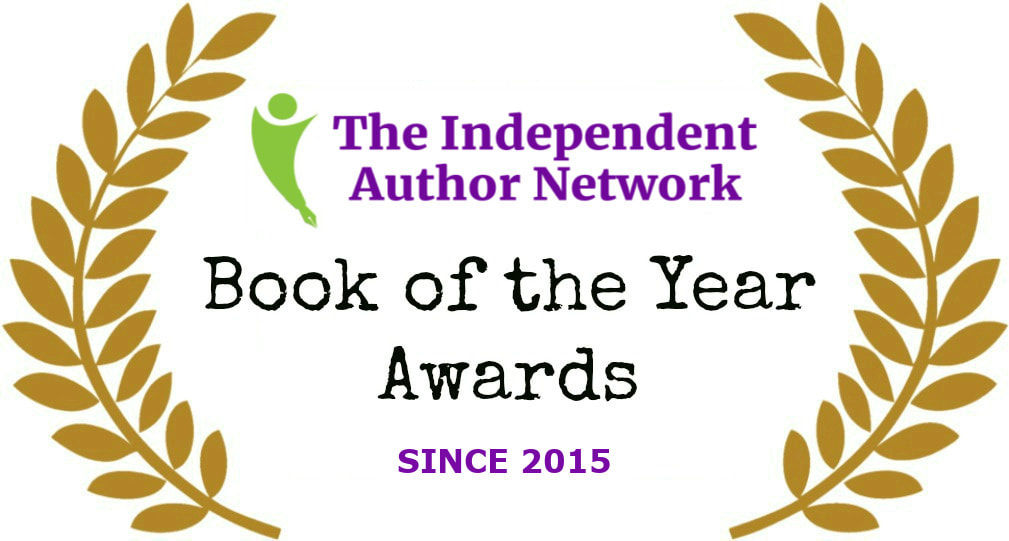Dana Paxson

Dana Paxson writes science fiction and fantasy. His stories were published in Science Fiction Age magazine and in Scorpius Digital Publishing’s online venue. His book “Brain Wrecks” offers readers the best of his tales.
Dana is digital. He wrote assembly-language code for second-generation mainframes, with punched cards, big tape servos, and big cold computer rooms, where each bit of memory was a magnetic donut on wires. He’s worked his way through all the generations of computers. He speaks their languages. He holds five patents in e-book innovations, and shares his ideas freely.
Dana holds an M.A. and a B.A. in mathematics from SUNY, and a B.S. in Design (art) from the University of Michigan. He taught online courses on Cubism, on J. R. R. Tolkien’s Middle-earth, and on how to think like a Leonardo da Vinci. He's a Hobbit person.
He studies mathematics, medieval and modern poetry, astrophysics, molecular neurobiology, genetic engineering, linguistics, cognitive science, artificial intelligence, cryptology, and a few languages. He has acted, sung, and danced in Gilbert and Sullivan productions, and he has created and shown abstract-constructionist works of art. Boredom is not in his repertoire.
Dana and his wife Fran live in Irondequoit, New York, next door to Rochester. They've been happy here for 27 years. He loves the quiet, the greenery, and the gardens, and the easy paths to Lake Ontario, to the Genesee River, and to Irondequoit Bay. He embraces happily the amazing varieties of people and pizza.
Dana is digital. He wrote assembly-language code for second-generation mainframes, with punched cards, big tape servos, and big cold computer rooms, where each bit of memory was a magnetic donut on wires. He’s worked his way through all the generations of computers. He speaks their languages. He holds five patents in e-book innovations, and shares his ideas freely.
Dana holds an M.A. and a B.A. in mathematics from SUNY, and a B.S. in Design (art) from the University of Michigan. He taught online courses on Cubism, on J. R. R. Tolkien’s Middle-earth, and on how to think like a Leonardo da Vinci. He's a Hobbit person.
He studies mathematics, medieval and modern poetry, astrophysics, molecular neurobiology, genetic engineering, linguistics, cognitive science, artificial intelligence, cryptology, and a few languages. He has acted, sung, and danced in Gilbert and Sullivan productions, and he has created and shown abstract-constructionist works of art. Boredom is not in his repertoire.
Dana and his wife Fran live in Irondequoit, New York, next door to Rochester. They've been happy here for 27 years. He loves the quiet, the greenery, and the gardens, and the easy paths to Lake Ontario, to the Genesee River, and to Irondequoit Bay. He embraces happily the amazing varieties of people and pizza.
Brain Wrecks
|
Science Fiction/Fantasy
A good story wrecks your brain. At least a little. A good story leaves you standing outside its theater, blinking, feeling chill, heat, or wonder, or anything but the way you felt when you sat down to take it in. Here you’ll find stories long and short and very short, stories that make sense and nonsense, stories that feel as if you know places you’ve never been, never seen. Future civilizations. Mad wonders. Comical capers. Grotesque horrors. Familiar places subdued by magic. Some of these stories, the ones in the City Inside Out section, are set in the world of the author’s novel Descending Road. You might notice the similarities of the cover of this book and the cover of Descending Road and Its World. Hold that thought. Let’s go get wrecked. |
Descending Road and its World
|
Science Fiction
On a far-off world, humans and bioandroids struggle with social upheavals, mind-invading aliens, love, vengeance, madness, and hope. As we venture through the stories of Ferdinand, Andrew, Ezzar, Jeddin, and their companions, and explore the features of this world called Tarnus, this many-layered saga reveals to us its fond embrace all that is human. |
Realities: Despair and Hope
|
Non-Fiction Social Essays
This selection of the author's essays spans two chaotic and luminous decades and a bit more, from just before 2000 to just after 2020. Our human world continues its harrowing journey through tangled shadow and shine. Here are some of my tracings of it all. They have been presented online in social media and on my website. A few are letters to Congress and others. If there is one single message from all these little articles, it is this: We are one great and varied species of life. We can make ourselves and our world much better. We cannot afford to abandon the journey towards our true, beautiful, potent, and radiant nobility. These are our realities. |
Leaves of a Mallorn
|
Literary Essays
LEAVES OF A MALLORN is a collection of essays concerning the world of J. R. R. Tolkien's Middle-earth. I taught online classes on Tolkien's work during the period of release of the three films of The Lord of the Rings, and in the classes I posted many essays and comments for the participants. This collection is drawn from and inspired by thse essays and comments. Readers and film viewers who have enjoyed The Lord of the Rings and The Hobbit should find some enjoyable explorations here. |
Vagabond Mind: A Chronicle of Invention
|
Literary Journal
Why publish a journal of notes taken during a long, wandering odyssey of invention with its failures and successes? A look back before 2003 and a look forward to 2016 and beyond might reveal some of the author’s motivation in plunging into this detailed effort, and the many consequences and results. It’s been said that adversity challenges us to do better, to advance our lives despite its obstacles. We often begin by trying to do what other expect of us, adapting our choices and decisions to the necessities they define for us. Few of us begin by trying to strike out entirely on our own. As we continue to make efforts, we learn that others hold less power over our choices than we are initially taught to believe. Eventually we learn that those ‘necessities’ others define for us aren’t necessities at all, but are just what makes the lives of those others easier. At that point we begin to redefine the entire process of our lives. This book traces the trajectory of its author through an adventure in writing, software programming, patent preparation, and attempted marketing of his adventure’s products. It begins at a point following the rejection of the author’s first science fiction novel, when he was working to reorganize the novel into a more-accessible and more-easily-readable form. At that point he had no idea what he was starting. That is the usual pattern of the best adventures. |
















